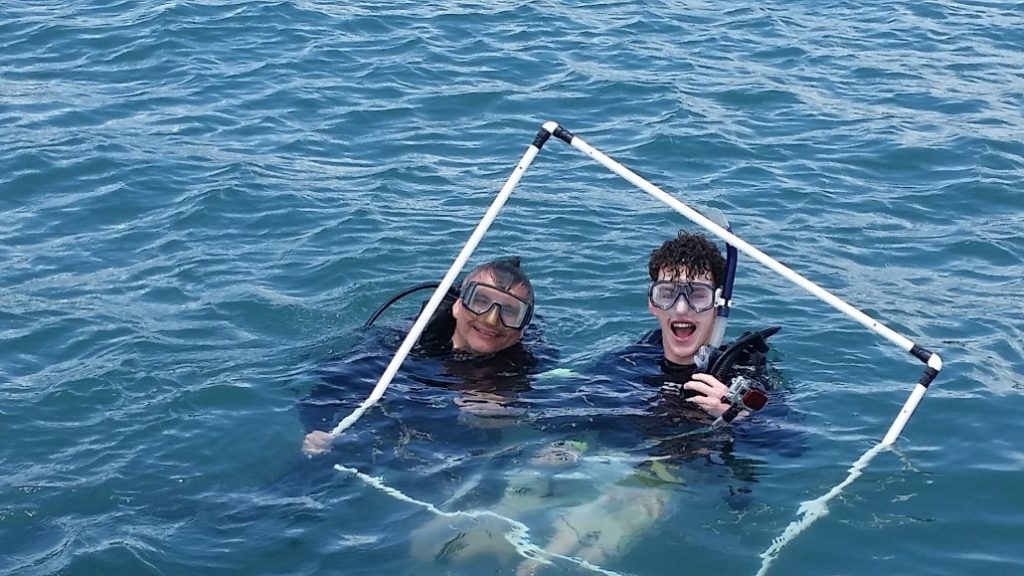Marine EIA Project Bowen, Australia

Project Overview
The Whitsunday Regional Council are required to undertake periodical assessments of the impacts to the marine environment from the discharge of treated sewerage effluent at Dalrymple Point, Bowen, QLD Australia. This project required the marine Valued Environmental Components (VEC’s) within a 2-kilometre arc (i.e. the investigation area) around the sewerage effluent discharge pipe to be investigated and assessed.
Our Role
Ecobalance was engaged to assesses the potential impacts upon the marine environment within the investigation area from the discharge of treated sewerage effluent at Dalrymple Point. The project scope included:
- A ‘snapshot’ assessment of the marine ecosystem within the investigation area including: marine ecological communities, coral composition and health, seagrass composition and health, macro algae composition, mangrove composition and health and water quality;
- Assessment of potential impacts; and
- Recommendations for mitigation measures and environmental monitoring.
Outcomes
Within the investigation area the marine environment comprises of a mosaic of habitats including a rocky substrate extending out from the beach/shore, which partially becomes exposed to the air at low tide, and a submerged section dominated by macroalgae and sparse coverages of seagrass. Preliminary results from the investigation indicated that release of sewerage effluent at Dalrymple Point does not seem to have a substantial physiological or ecological impact on the adjacent terrestrial environments.
However, benthic communities such as seagrasses adjacent to the outfall pipe support moderate epiphytic algae growth, indicative of elevated nutrients associated with the outfall pipe, and coral communities that were once present adjacent to the outfall pipe area are now absent. The health condition of these benthic habitats may be a result of the cumulative effects from catchment run off, nutrients associated with the outfall pipe and the relatively marginal habitat location of these coral communities. However, any increased stresses are likely to reduce the resilience of adjacent marine communities, making them more susceptible to disturbance, including those associated with climate change.




